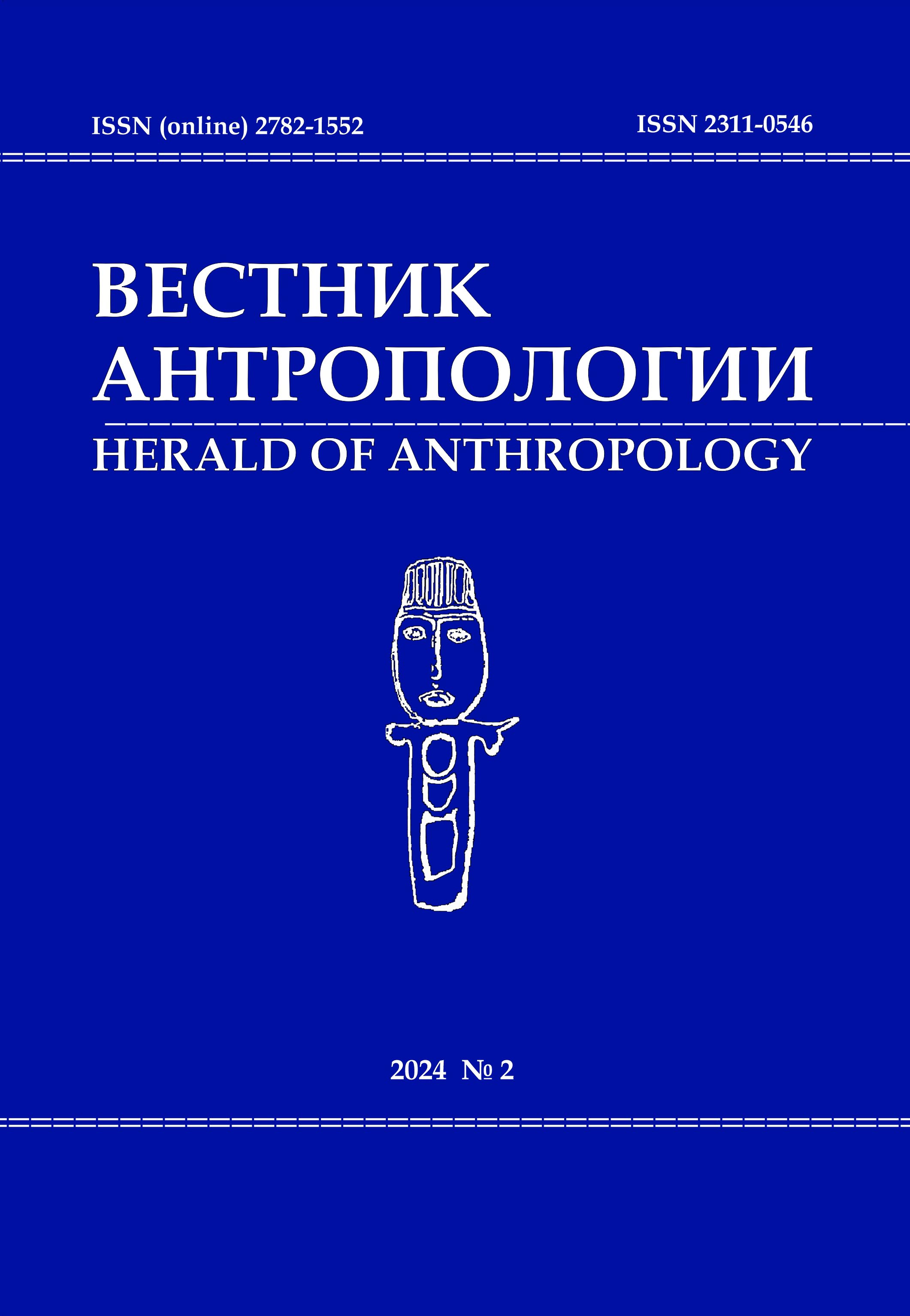Восстановление внешнего облика гоминин второй половины среднего плейстоцена с территории Китая (Хуалундун, Цзиньнюшань, Дали, Харбин)
DOI: 10.33876/2311-0546/2024-2/364-388
Ключевые слова:
Китай, антропологическая реконструкция внешности, гоминины, средний плейстоцен Азии, Хуалундун, Цзиньнюшань, Дали, ХарбинАннотация
Работа посвящена восстановлению и изучению внешнего облика гоминин эпохи второй половины среднего плейстоцена с территории Китая. Были исследованы черепа из местонахождений Хуалундун, Цзиньнюшань, Дали и Харбина. С использованием программы антропологической реконструкции «Алгоритм внешности» по ним выполнены контурные и графические реконструкции и составлены словесные портреты с учетом индивидуальных особенностей черепов. Находки относятся к среднему плейстоцену примерно от 330 до 146 тыс. лет. В результате проведенного исследования данных четырех находок обнаруживается их значительное сходство, несмотря на довольно существенный разброс во временном интервале. Можно предположить, что изученные индивидуумы, вероятно, принадлежат к одной монофилетической группе. Все четыре индивида, несомненно, являются досовременными гомининами, отличающимися от Homo sapiens. Портреты индивидов из Дали, Цзиньнюшань и Харбина сходны между собой. Индивид из Хуалундун, разделяя с ними многие черты, все же несколько выделяется на их фоне, что может объясняться его юным возрастом, большей древностью или индивидуальной изменчивостью. Не исключается возможность существования в Азии особой линии гоминин, которая может представлять денисовского человека, что требует дальнейших доказательств, в том числе на основе генетического материала.






















